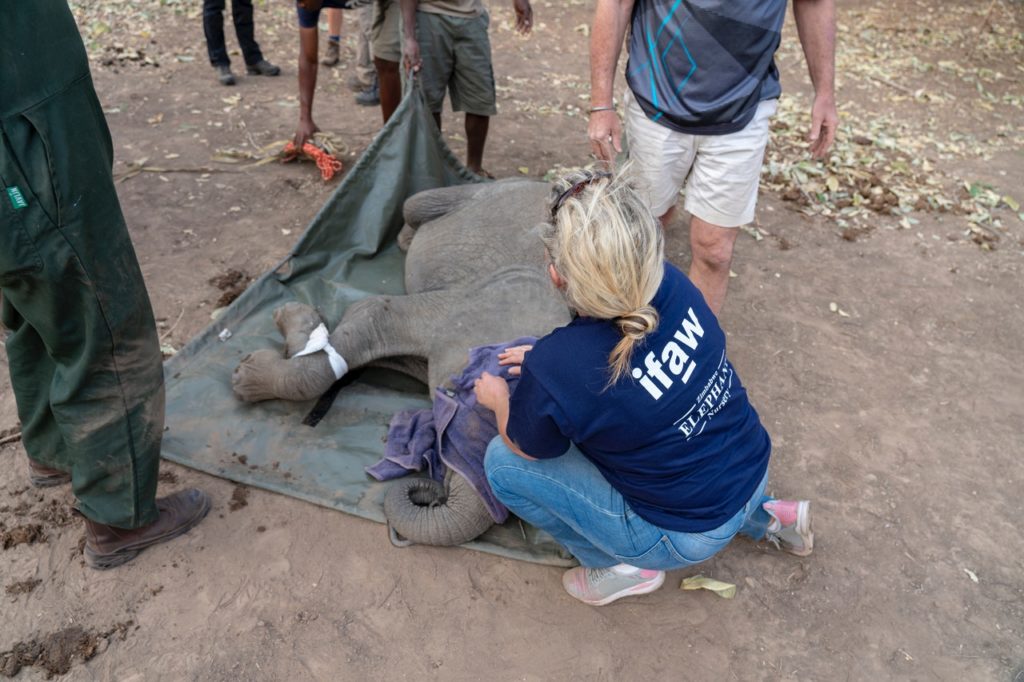Even as large nonprofit organizations saw donations coming in during the pandemic, it was a different story for small nonprofits. Smaller organizations saw a drop in the donations they received. This makes their survival uncertain.
But these nonprofits can still stay afloat by making some adjustments to increase their visibility to donors, reduce costs, or even work their finances out. These measures may allow these organizations to stay afloat until everything goes back to normal.
Continue Creating an Impact
Even though small nonprofit organizations are receiving limited funding, they shouldn’t stop with their charity work. Instead, they should continue to create a positive impact on society. These organizations can also recreate themselves to meet the demands of the current situation.
To recreate itself, the organization can consult its volunteers, the board, and its staff. Consulting these stakeholders allows nonprofits to create an inclusive organization. It can ask them what the organization can do to increase its impact on the community.
Additionally, the nonprofit should also review the influence it has through the programs it is implementing. The review should be data-driven and should consider feedback from the community and some focus-groups. The organization can ask their feedback about the programs and the value they provide.
While the stakeholders will have a positive review of the programs, the nonprofit may discontinue some programs since their value may diminish over time. Additionally, with fewer fund sources, the nonprofit needs to look at its programs and make the hard decision of letting go of some of them to make itself sustainable.
The nonprofit can also modify some programs to make them viable. For instance, if the nonprofit used to offer medical services before the pandemic, it can connect with patients through telemedicine. With this, the nonprofit can continue the service while observing health protocols.
When recreating themselves, nonprofit organizations should continue offering services that create an impact on the community. Donors may notice this and send funding their way in the future.
Enhance Skills of Personnel
Once the nonprofit organization finalizes any shift in policies, it should communicate this to its personnel. The nonprofit should inform its personnel if these changes can affect the programs it is offering to the community.
Since the personnel provided feedback before the nonprofit finalized the shift, it gives the organization an idea if it’s necessary for its personnel to upgrade their skills. Upgrading their skills allows them to contribute to the new or modified programs. If the personnel need new skills, the organization can provide the training they need.
Similar to businesses, training enhances the skills of the organization’s personnel. It also increases their motivation, which will result in better performance and efficiency at work. While the discussion of higher remuneration may crop up, the nonprofit may have to put it off for the moment since it will affect its finances. But the organization can bring the topic again in the future once everything goes back to normal.

Check the Finances
At this point, nonprofit organizations should go through their finances and see if they can stay afloat with the new policies in place. It should take a look at its actual expenses, both direct and indirect. Additionally, it should make projections on the funding it needs to continue performing charity work.
While checking its finances, the nonprofit should make sure its personnel is aware of its financial condition. This is particularly true if its funding sources slowed down. When they are aware of the organization’s finances, they will understand the reasons behind any changes or modifications the organization is making for its programs. The personnel may also work harder to increase the impact of the nonprofit on the community and attract the attention of big donors.
The organization should also look for other sources of income or negotiate the terms of its loans with financial institutions. The nonprofit can also apply for a no-cost mortgage to allow it to cover the cost of its loan and allow it to reorganize its finances.
Engage the Community
Additionally, nonprofit organizations should also engage the community around them. The community consists of the beneficiaries of its programs, its donors, and other organizations it works with. It can also include other groups or individuals that pay to get the services it offers.
Engaging these groups allows the nonprofit organization to show them the real picture and the reasons behind the changes they are making to ensure it stays afloat in the middle of the pandemic. Being open with these stakeholders may even open opportunities for the nonprofit to seek additional funding for its programs.
Small nonprofit organizations find it challenging to survive and continue their charity work. But modifying some programs while engaging its stakeholders can go a long way in ensuring they will stay afloat until the end of the pandemic.

